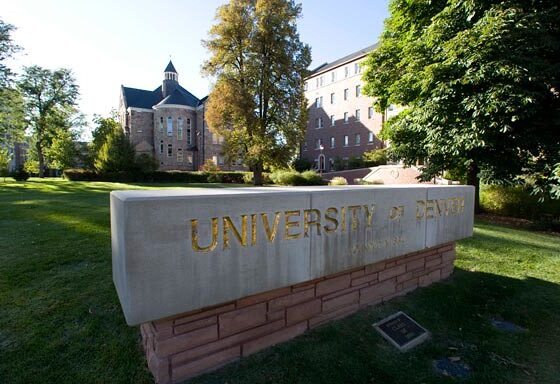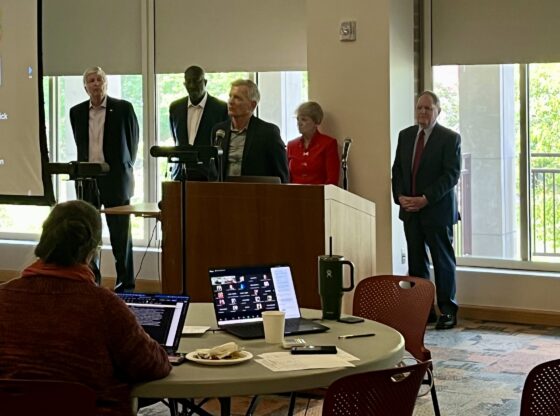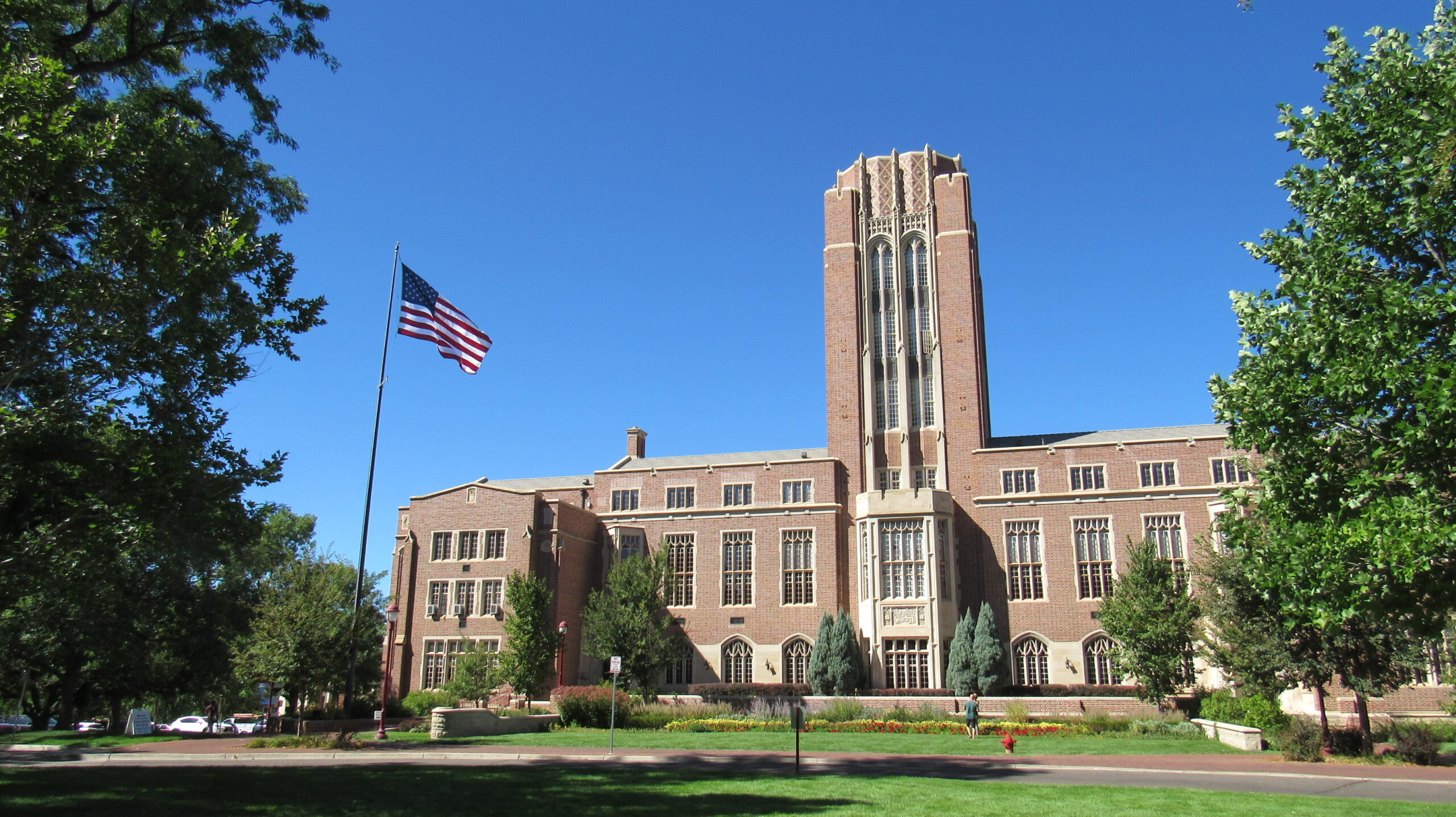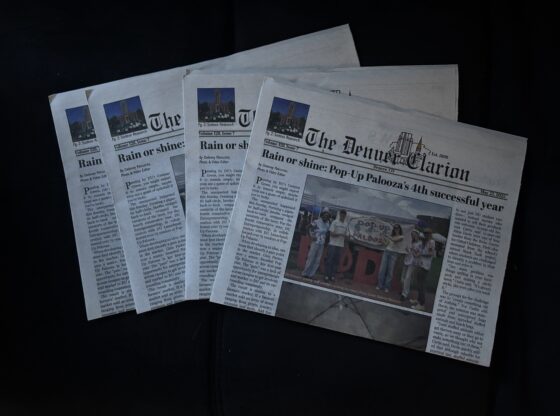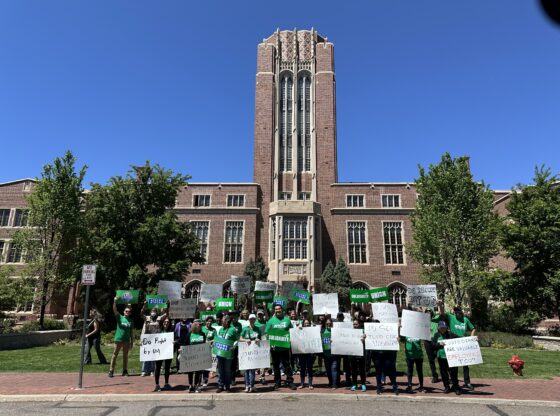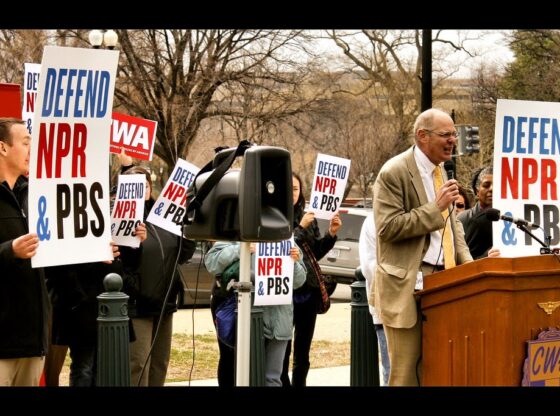Last Thursday, chapters of the American Association of University Professors (AAUP), higher education unions and student organizations mobilized for a National Day of Action for Higher Education.
At DU, a day of programming was held at the SIE Complex, which included a preliminary presentation of a financial analysis of the university by Dr. Howard Bunsis, an outside auditor paid for by DU’s AAUP chapter last year.
While the official report has not yet been finalized, Bunsis confirmed that DU is extremely reliant on enrollment as a source of revenue. This reliance could be because DU is largely barred from accessing a large portion of its endowment, a financial resource that other private universities often rely on. Currently, DU’s endowment is covering less than 10% of its operating expenses.
This inability for DU to use larger portions of its endowment means that most of its operating budget comes from students’ tuition, housing costs and meal plans.
In breaking down the assets and liabilities of the university, Bunsis noted that the university does have access to $411 million dollars of funds that are not “donor-restricted.” These are reserves from DU’s endowment that the university is not barred from using.
To put that in perspective, he calculated the primary reserve ratio, which measures how long an institution could function using its reserves – essentially a picture of the financial strength of the institution.
He divided DU’s total operating expenses ($610 million) by the unrestricted reserves ($411 million dollars). A resulting figure of 1.0 generally indicates that an institution could cover its expenses for one year. DU’s ratio is approximately .674, meaning it could cover a little over half a year’s worth of expenses if needed. That means that DU has a fair amount of financial freedom and flexibility.
It was also noted that DU has an extremely high reserves-to-debt ratio – over 200% – which may be because DU has not borrowed at all since 2017. Yet this may change if DU chooses to issue bonds, essentially another way to take on debt, in order to be able to fund expensive projects in the future, such as the construction of its new STEM Horizons building.
DU currently has a bond rating of A1, meaning that outside financial entities see DU as having a strong capacity to meet its financial obligations. While this means the university is currently able to meet financial obligations by issuing bonds with low interest, if its bond rating were to lower in the future, then the university would lose an essential way to fund itself in times of struggle.
The overall financial picture, Bunsis concluded, is somewhat of a mix. While the university is currently financially strong, its long-term prospects aren’t ideal. There has been a significant decline in enrollment for both graduate and undergraduate students at DU in the last few years, which isn’t expected to improve with the enrollment cliff.
He also evaluated the staff and faculty, noting an increase in the percentage of DU faculty who have no path to tenure, or are in part-time positions. This, the official noted, is not a good trend for the university, because tenured and professors working towards tenure provide research opportunities that draw prospective students to the school.
Additionally, it was pointed out that faculty are currently a relatively low cost for DU. According to Bunsis, compared to over 20 self-identified peer institutions, DU ranks in the bottom half for faculty salary in every category.
Where DU is overspending compared to its peer institutions, he said, is in its administration.
DU has 15 cabinet members, whose average and median salaries are all over $300,000. After Provost Mary Clark announced she would be stepping back from her current position, a job posting for DU’s provost position listed a salary range of $550,000 dollars to $700,000 dollars.
While faculty salaries have only increased between 4.5 and 5% in the last few years, DU’s spending on members of the cabinet has gone up twice as much.
The implications of these numbers for students, he explained, are that the university is facing long-term financial problems which could get worse if the university fails to attract higher numbers of new students. If the university chooses to solve the issue of reduced enrollment by reducing its faculty costs, students could begin to see larger class sizes and less class variety, which could, in turn, have significant consequences for enrollment.
It is also true, as Chancellor Haefner previously told the Clarion during the Winter quarter, that fewer students from reduced enrollment could mean the University is in need of less faculty. Whether the administration will choose to deal with university’s problems via cuts to faculty, and whether those cuts will negatively impact student experiences remain to be seen.

